03パワーエアロ5号
(税込) 送料込み
商品の説明
おそらく15~20年前購入したものです会社の仲間とカレイ釣りしたくて購入したものです糸巻きは店員さんにやってもらいました号数はわかりません使用頻度は数回程度なので年数のわりには比較的美品だと思います素人保存なので過度に状態を気になさる方は遠慮願いますPEラインはそのままお付けしますこれからのシーズンに如何でしょうか?
商品の情報
| カテゴリー | スポーツ・レジャー > フィッシング > リール |
|---|---|
| ブランド | シマノ |
| 商品の状態 | 目立った傷や汚れなし |

パックまん様専用 03パワーエアロ 5号①と②-

シマノ 03パワーエアロ 5号仕様 SA24C ①(シマノ)|売買された
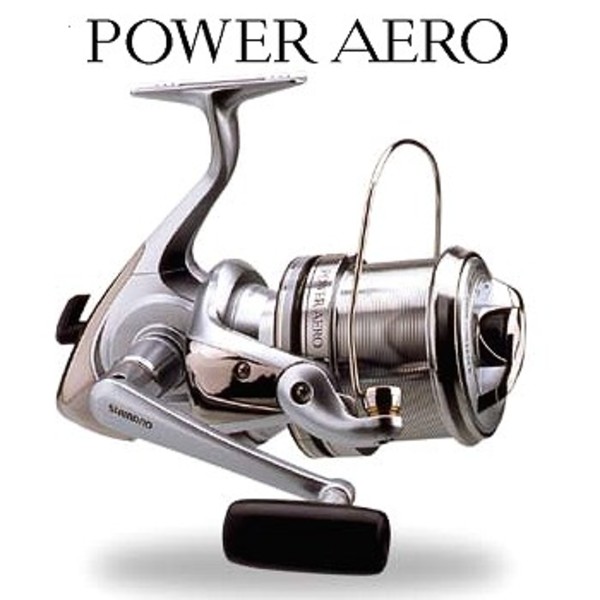
シマノ(SHIMANO) 03’パワーエアロ A-RB 01763

美品 シマノ 03 パワーエアロ POWER AERO タイプ5-

1円スタート】 シマノ 03パワーエアロ 5号スプール SHIMANO 03
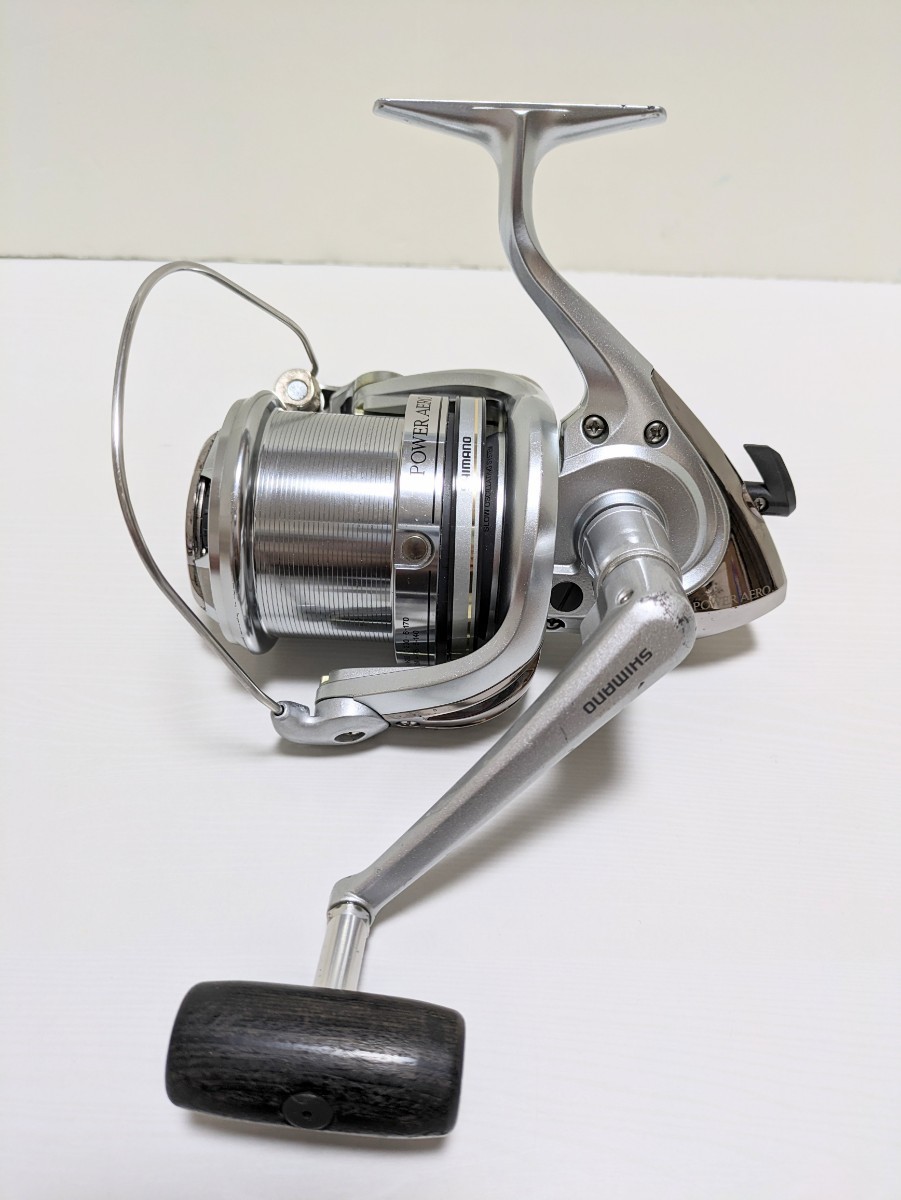
Yahoo!オークション -「03パワーエアロ」の落札相場・落札価格

美品 シマノ 03 パワーエアロ POWER AERO タイプ5-

Yahoo!オークション -「03パワーエアロ」の落札相場・落札価格

美品 シマノ 03 パワーエアロ POWER AERO タイプ5-
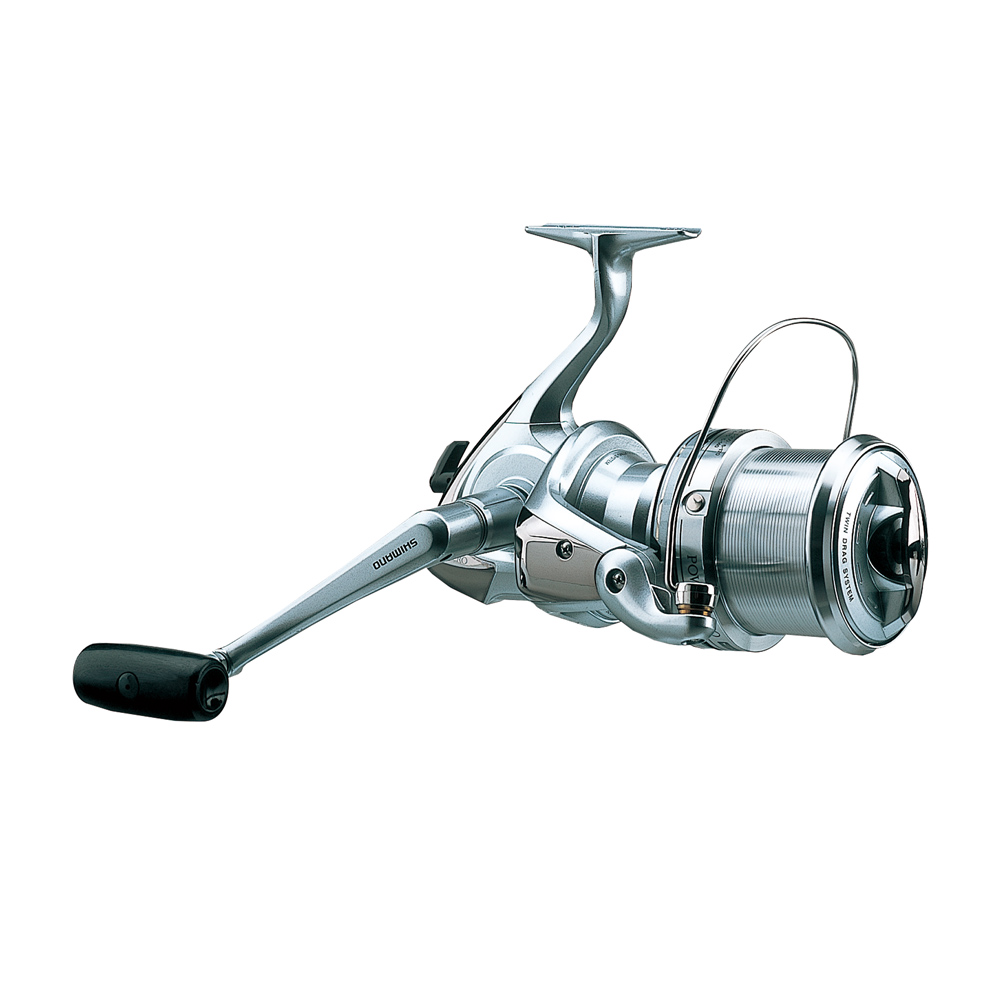
パーツ価格表・取扱説明書 | シマノカスタマーセンター | SHIMANO
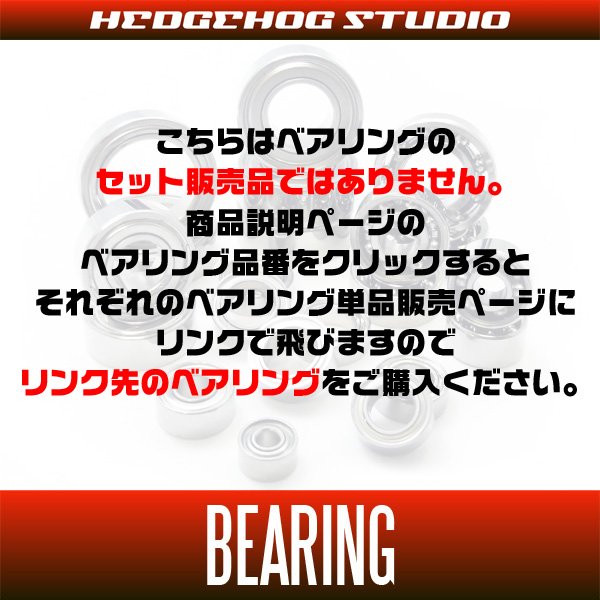
03パワーエアロ(2号, 3号, 5号, 8号シリーズ)対応 オーバーホール用

03パワーエアロ5号 「リングフィットRTA5075円引き uranwelfaresociety.com
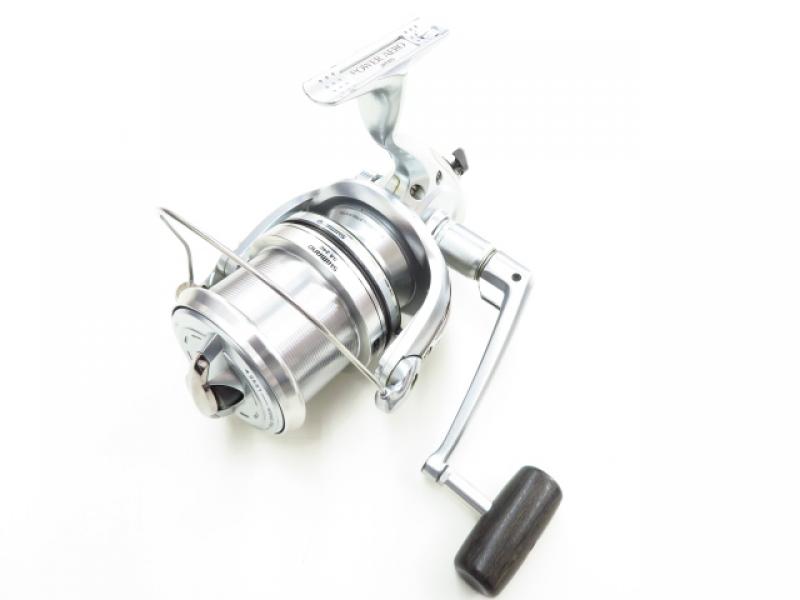
中古釣具の買取・販売 イエローフィッシュ / 03パワーエアロ タイプ5
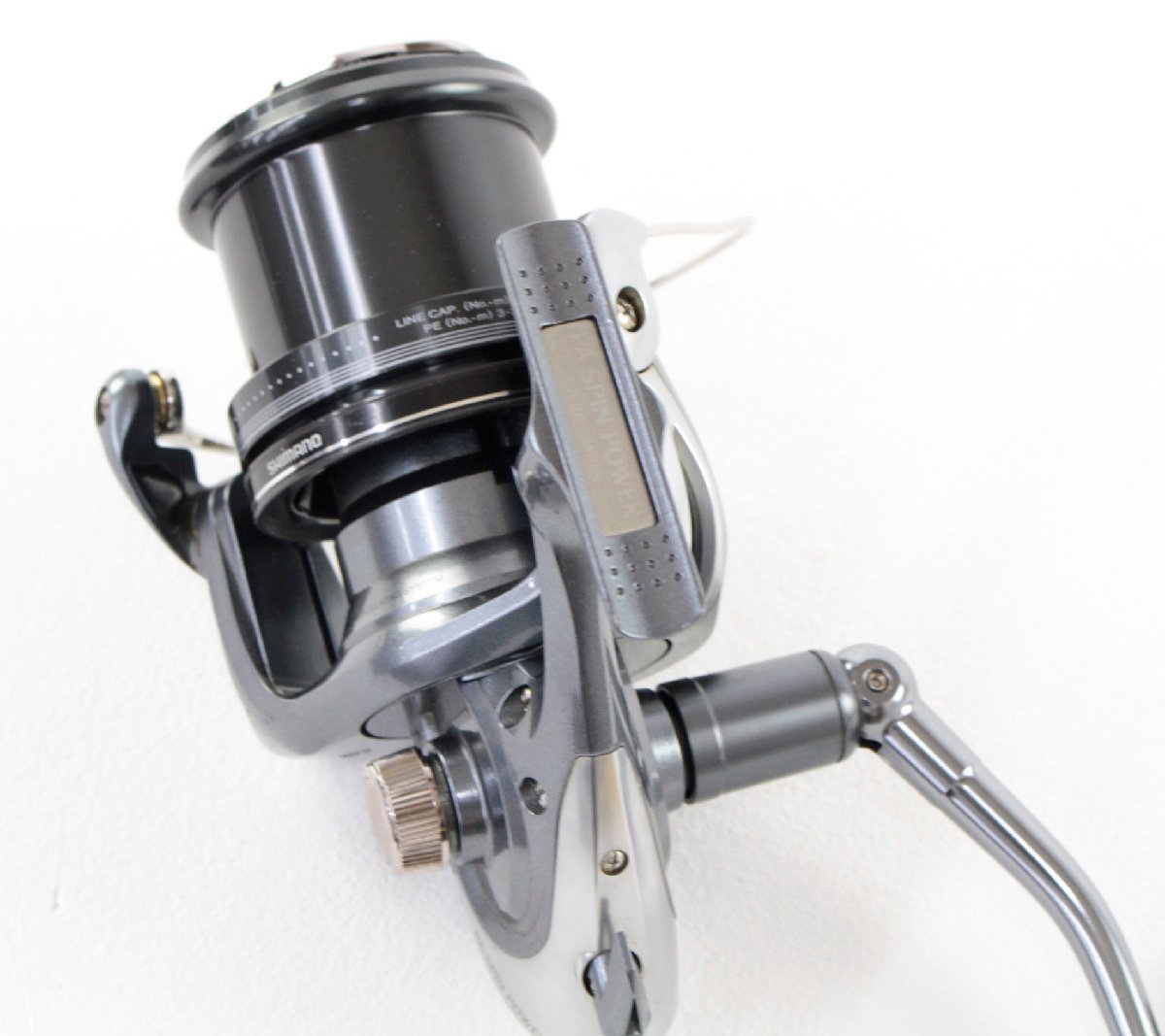
得価正規店】 ヤフオク! - シマノ PAスピンパワー パワーエアロ タイプ
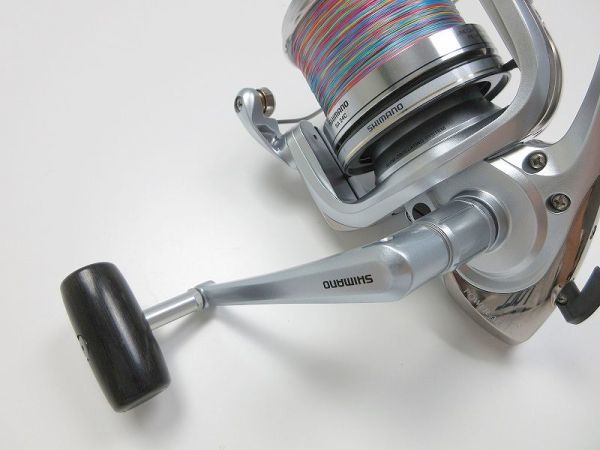
美品 シマノ 03 パワーエアロ POWER AERO タイプ5-

2023年最新】投げ釣り リール シマノの人気アイテム - メルカリ
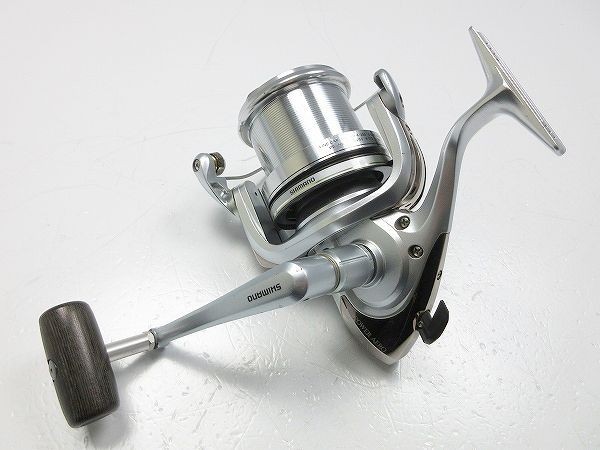
Yahoo!オークション - シマノ 03パワーエアロ タイプ5 /管理AR0034/1...

名機03パワーエアロ手放すことに | 道具一流、腕二流、釣果三流

シマノ 03 パワーエアロ 3号・パワーエアロ 替えスプール 5号 中古

03パワーエアロ5号 「リングフィットRTA5075円引き uranwelfaresociety.com
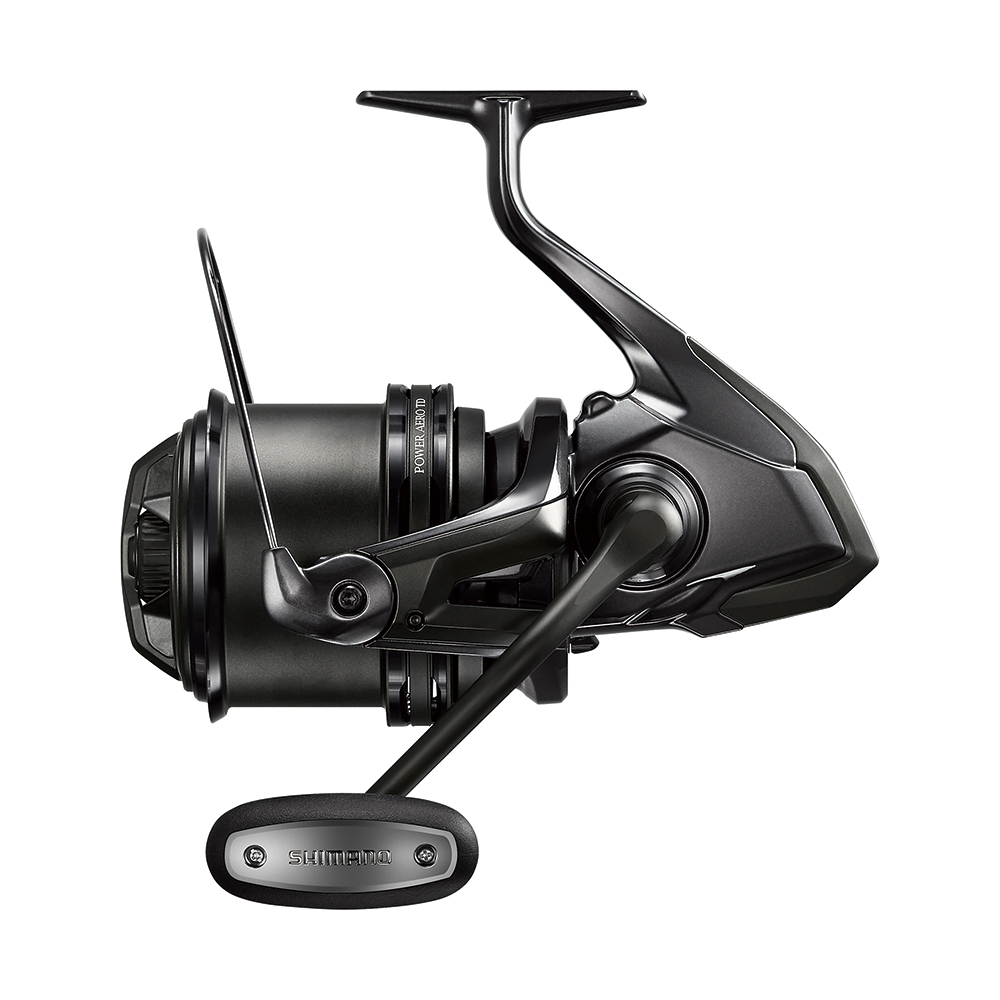
パーツ価格表・取扱説明書 | シマノカスタマーセンター | SHIMANO
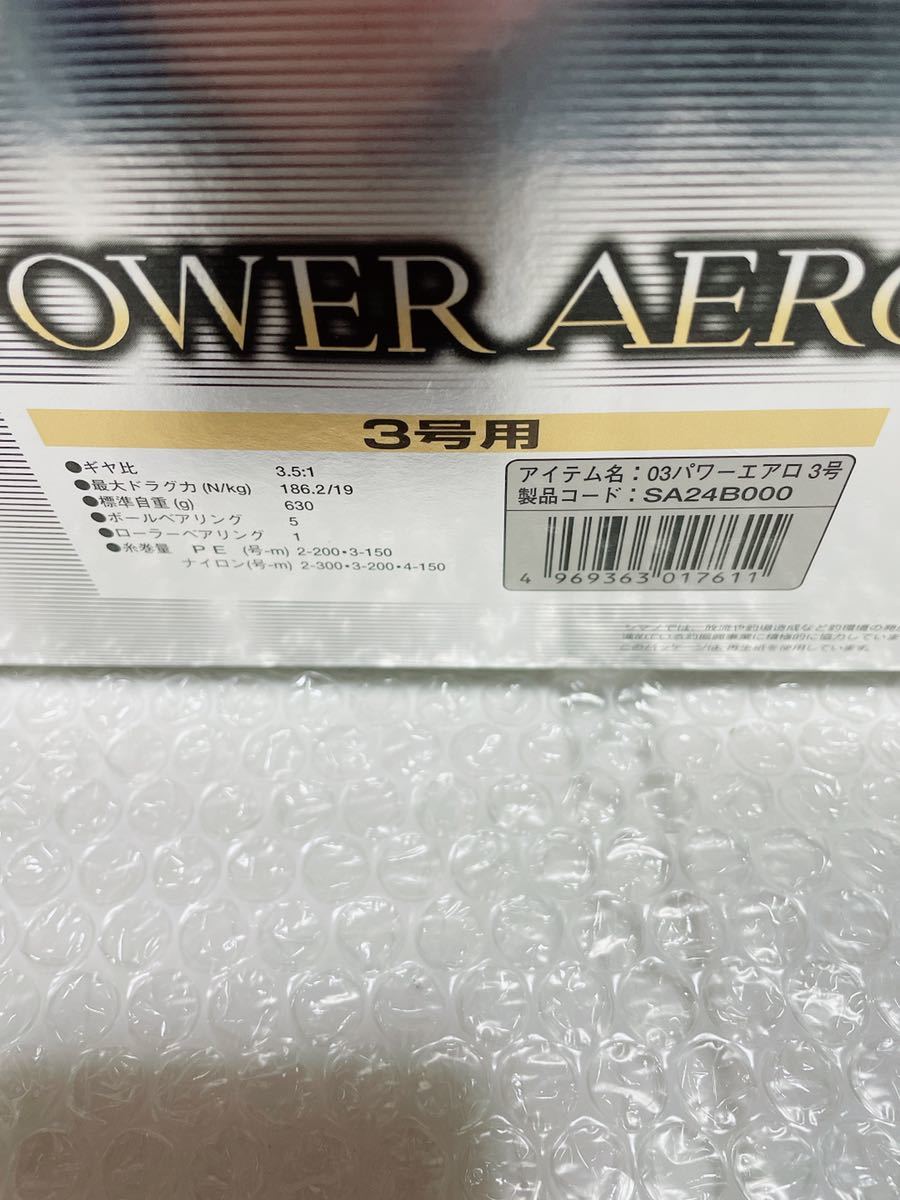
美品♪♪】シマノ 03 パワーエアロ 3号 ツインドラグ SHIMANO POWER

美品】シマノ '06パワーエアロ スピンパワー用 5号スプール 【 03
03パワーエアロ タイプ5(SA24C),21. 遠投用スピニングリール,シマノ

Yahoo!オークション -「03パワーエアロ」の落札相場・落札価格
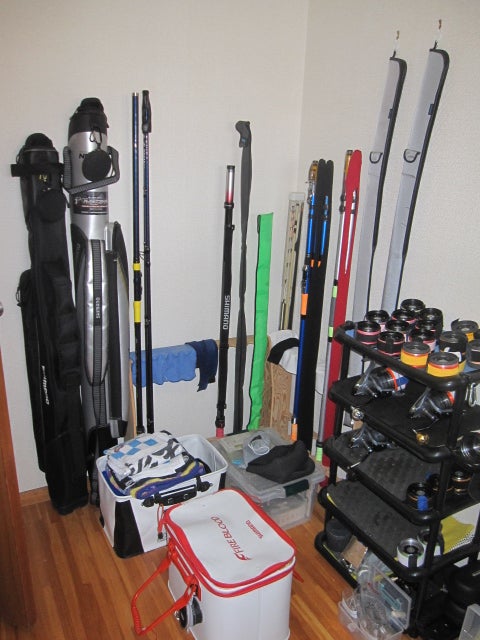
名機03パワーエアロ手放すことに | 道具一流、腕二流、釣果三流

シマノ 03 パワーエアロ 3号・パワーエアロ 替えスプール 5号 中古
03パワーエアロ タイプ5,21. 遠投用スピニングリール,シマノ|釣具の
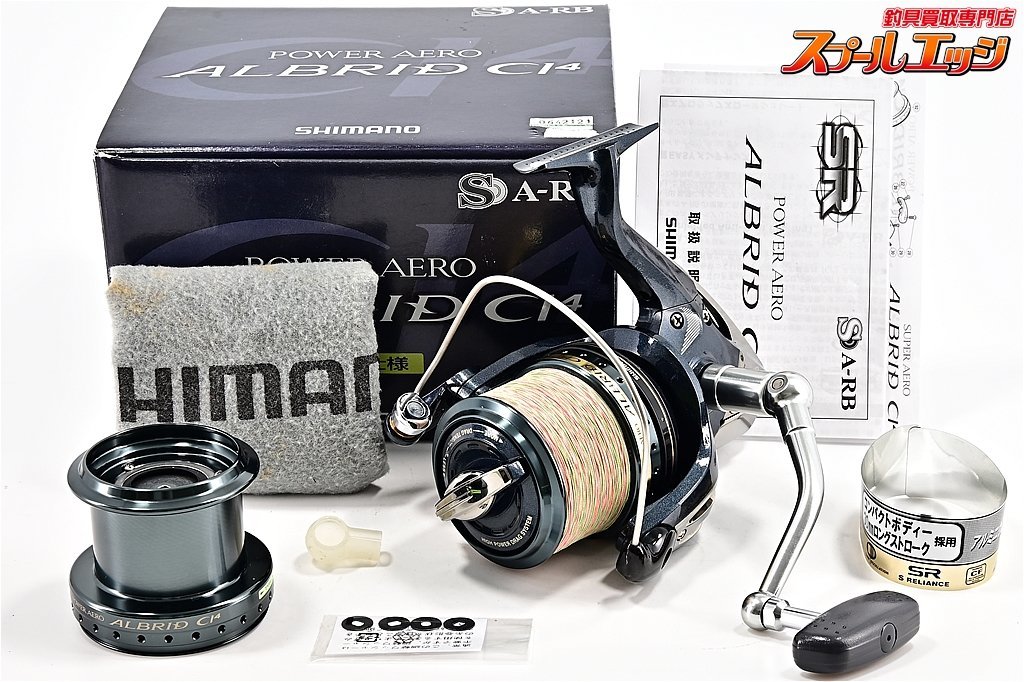
本物品質の 【シマノ】 10パワーエアロ アルブリード CI4 標準仕様

03パワーエアロ5号 「リングフィットRTA5075円引き uranwelfaresociety.com

06.パワーエアロスピンパワー シマノ 安心のメーカー直販 リール

パワーエアロ スプール3号、5号 総合福袋 sandorobotics.com

パーツ価格表・取扱説明書 | シマノカスタマーセンター | SHIMANO

Yahoo!オークション -「03パワーエアロ」(シマノ) (スピニングリール

シマノパワーエアロ03標準2台一台ハンドルノブが破損した為 - リール
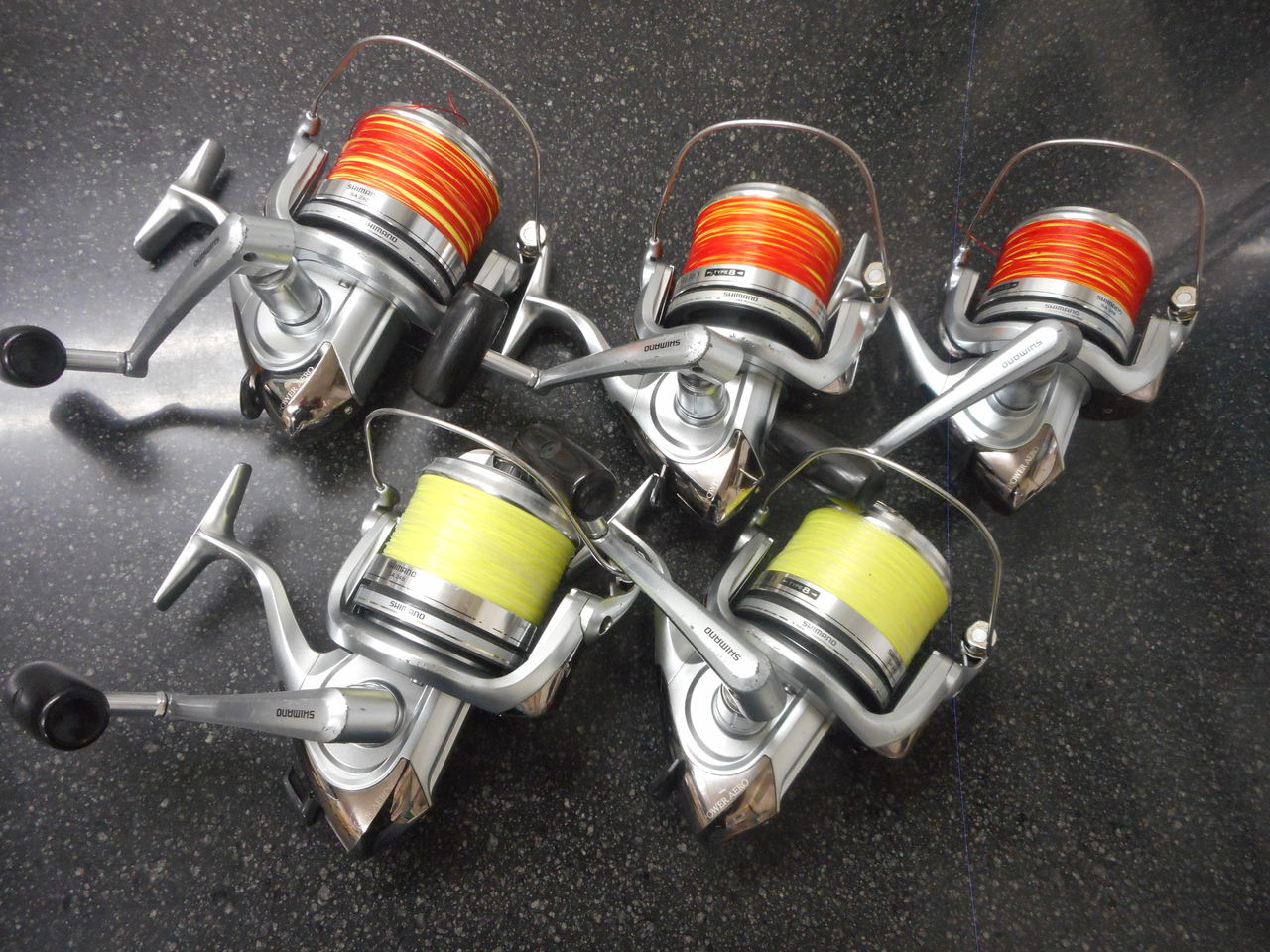
03パワーエアロ、分解整備完了です! : 塾長先生の広島投げ釣り日記

SHIMANO power AEROのYahoo!オークション(旧ヤフオク!)の相場・価格を

クリアランス正規品 シマノ 03 パワーエアロ 3号仕様 2台セット日本製
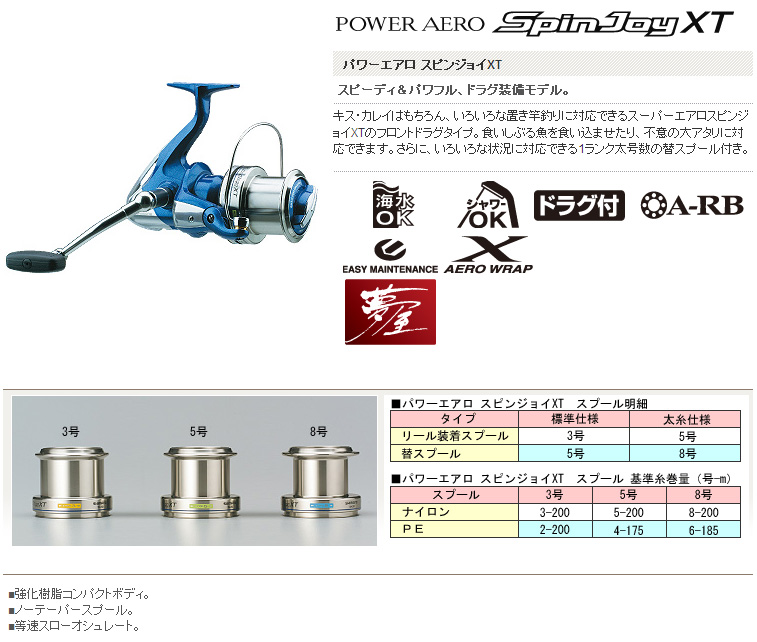
ドラグ付投専用リール】シマノ パワーエアロ スピンジョイXT - リール

Yahoo!オークション -「03パワーエアロ」(シマノ) (スピニングリール










商品の情報
メルカリ安心への取り組み
お金は事務局に支払われ、評価後に振り込まれます
出品者
スピード発送
この出品者は平均24時間以内に発送しています














